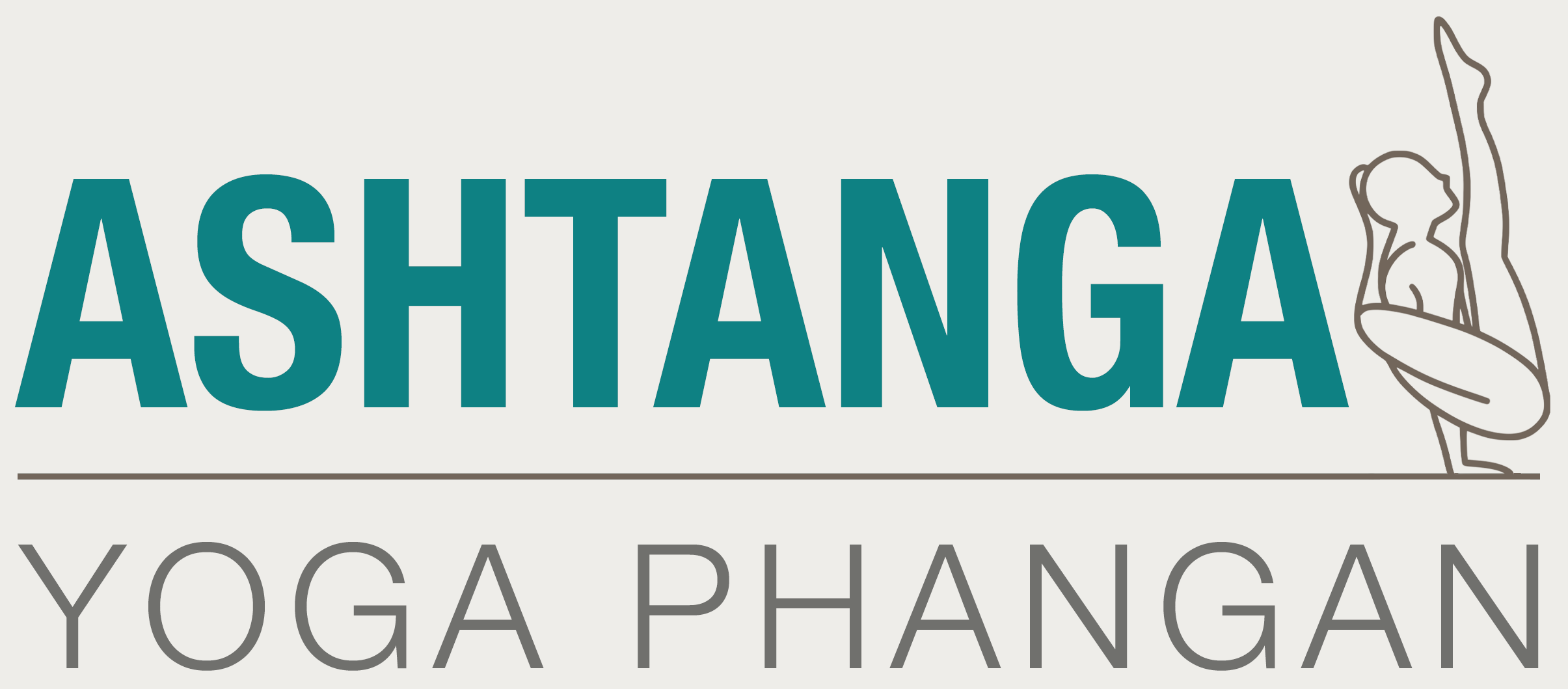
History : The origin of the Ashtanga yoga
If we refer to the texts of Indian philosophy, the history of yoga is probably as long as the history of humanity, but it is difficult to give a precise date.
The origin of the Ashtanga yoga system as we know it today is also a mystery. Some say that a manuscript written by sage Vamana Rishi titled Yoga Korunta was discovered by the two great yogis masters, Krishnamacharya and Pattabhi Jois, in the library of Mysore. Others say that this same manuscript would have been transmitted from the guru Rama Mohan Brahmachari to Krishnamacharya who would have himself transmitted it then to Pattabhi Jois. Their teachings would then have been based on this text including a commentary on the Yoga Sutras of Patanjali, the founding text of the philosophy of yoga written almost 2000 years ago, as well as the complete description of the system of <em>Vinyasas</em> to which Krishnamacharya and Pattabhi Jois would have added the practice of postures.
The only thing we know for sure today is that Ashtanga yoga is a living tradition based on direct transmission from teacher to student. Pattabhi Jois studied for more than twenty years under his guru Krishnamacharya. And it is from this intense learning of the practice of asanas or postures, supplemented by the study of the texts, that he created Ashtanga yoga in its current form to transmit it to thousands of students. A knowledge that for a century has continued to travel the world to reach millions of practitioners beyond borders, policies and religions.
What is Ashtanga Yoga ?
Ashtanga yoga literally means « yoga of eight limbs » (ashtau = eight; anga = limbs) in reference to the Yoga Sutras of Patanjali. This founding text in the history of yoga, composed of 196 aphorisms transmitted orally from master to student, is part of a line of ancient texts dating back several millennia.
The great yogi masters agree that the body and the mind can be freed from their blockages and find joy through practice. Thus, the reading and study of ancient philosophical texts on yoga are necessary to deepen its practice but constitutes only a small part of it because only the experience by oneself can guide us on the path of yoga. When we practice with awareness and sincerity beyond the postures, Ashtanga yoga helps to develop awareness of the body and the mind allowing us to gradually get closer to our true nature, our self.
Ashtanga yoga is often described as a dynamic and very demanding form of yoga that allows you to gain flexibility and physical strength. Even if this remains true, Ashtanga yoga covers many riches that go far beyond a simple physical practice. For Sharath Jois, Ashtanga yoga encompasses all the visions of yoga described by tradition. It is therefore very difficult to give a precise and limited definition.
The method of Ashtanga yoga according to tradition involves respecting different precise techniques. The breath (prana), the posture (asana), the vinyasa technique (vinyasa krama), the bandhas (energy locks) and the drishtis (points of fixation of the gaze) must be practiced together in order to be able to create warmth in the body. This heat is intended to circulate energy and protect our body by generating a global cleansing process that would reach all physical and energetic strata of being (koshas): organs, muscles, nervous system, mind, spirit.
What is parampara ?
The teaching of yoga is traditionally transmitted from master to student. This transmission is called Parampara. Understanding this notion is essential to understanding the tradition of Ashtanga yoga.
Parampara means « lineage » in Sanskrit and refers to the principle of transmitting knowledge in its most precious form from teacher to student. Knowledge based on direct and practical experience. This knowledge can only be transferred after the student has spent many years with an experienced guru whom he or she has completely trusted.
The dharma, or the duty of the student, is to practice diligently and strive to understand the teachings of the guru. The perfection of knowledge and yoga lies beyond mastery of practice, it grows from mutual love and respect between student and guru, a relationship that can only be cultivated over time. . The dharma of the guru is to teach yoga exactly as he received it. The teaching should be presented with a good heart and with noble intentions without ever misleading the student.
The link between guru and student is a tradition that dates back several thousand years in India and constitutes the foundation of a very rich spiritual heritage. He is like a father or a mother who guides and corrects each step of his student’s spiritual practice. Following Parampara is like stepping into a river of teachings that has been flowing for thousands of years, a river that the ancient masters followed into an ocean of knowledge. Even if not all rivers reach the ocean, we must be aware that the tradition it follows is authentic and selfless.
A key concept in learning yoga in general, Parampara takes on its full meaning in the tradition of Ashtanga yoga. Indeed, Ashtanga yoga as it is practiced today throughout the world, comes from the method and the direct transmission of Pattabhi Jois and his grandson Sharath Jois who has been perpetuating this tradition for nearly a century.


K pattabhi Jois Ashtanga Yoga Institute Sharath Jois (formerly KPJAYI) became Sharath Jois Yoga Center (SYC).
